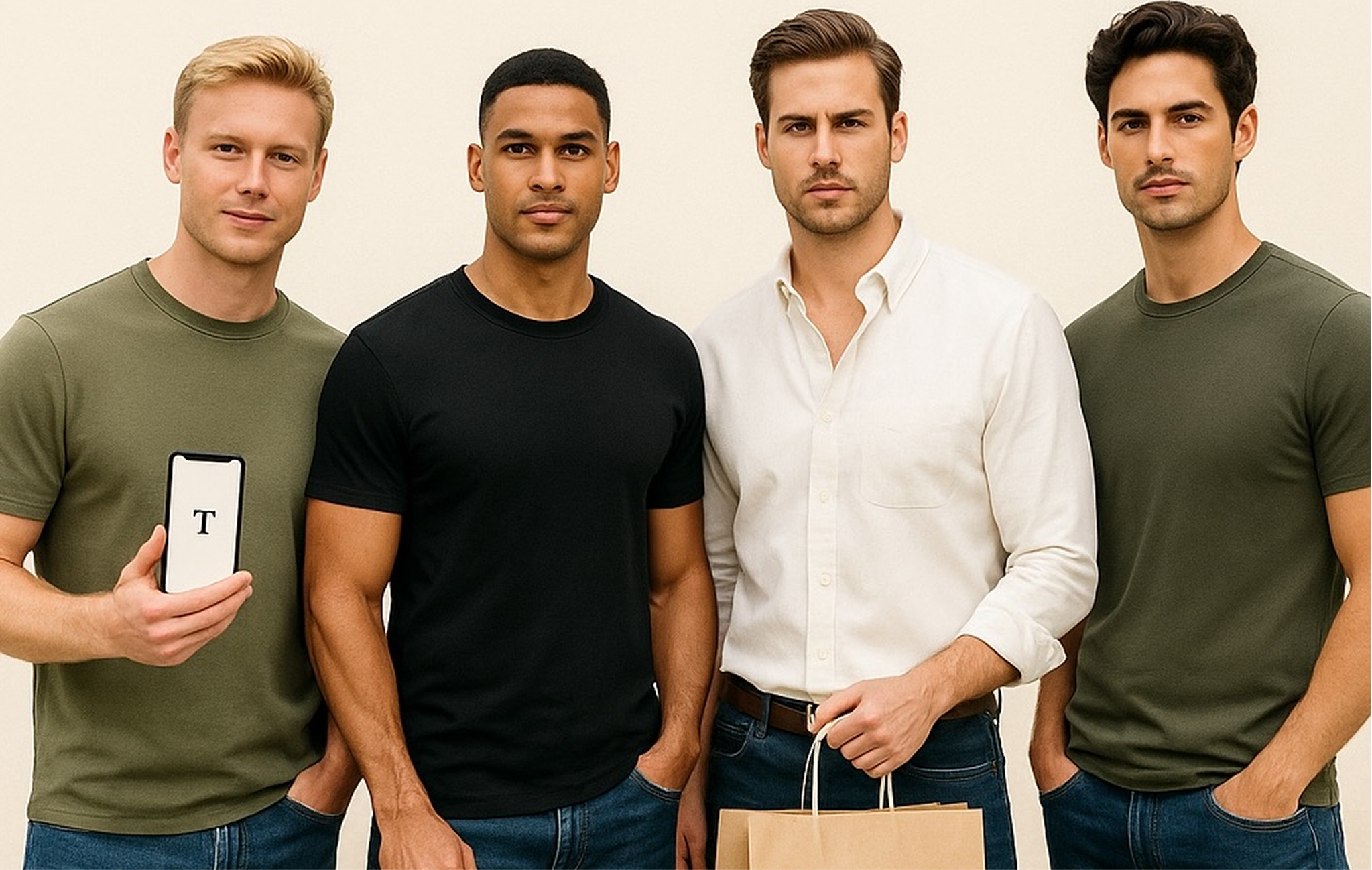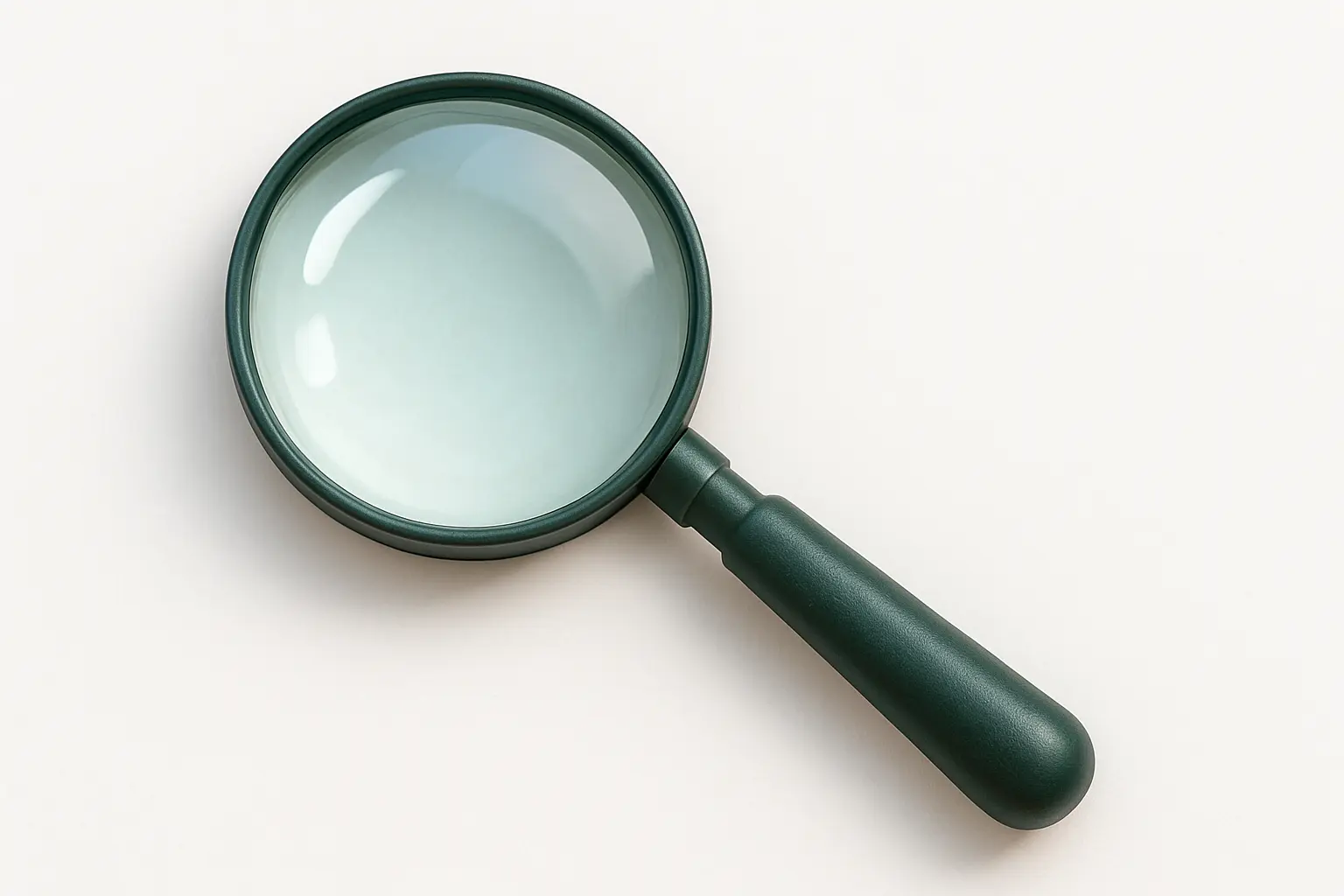Honest Best Buys for Checked Shirts and How to Style
Author: Stylist at TellarDate: 2025
Look, I'm going to level with you about checked shirts. After fifteen years of styling men, I've seen every permutation of the check pattern imaginable, and honestly, most blokes get it wrong. They either go too lumberjack, too preppy, or worse – they think any old checked shirt will do. It won't. But when you get it right? A proper checked shirt becomes one of the most versatile pieces in your wardrobe. Let me show you how.
Understanding Check Patterns First
Before we dive into brands and styling, you need to understand what you're working with. Gingham is your small, even check – think summer garden parties and casual Fridays. Tartan and plaid bring in multiple colours and varying line weights – more visual interest, but also more potential to look like you're auditioning for a lumberjack reality show. Buffalo check is that bold, two-colour square pattern that's having a moment but needs careful handling. Windowpane checks are subtle, sophisticated, and work brilliantly under blazers. Each has its place, and knowing which pattern suits which occasion is half the battle.
The key thing I tell my clients is this: the size of the check should be proportional to your build and the formality of the occasion. Larger checks are inherently more casual and can overwhelm smaller frames. Finer checks read as more refined and work better in professional settings.
The Fabric Question
Right, fabric matters enormously. Cotton poplin gives you that crisp, smart finish – ideal for the office or smarter casual occasions. Oxford cloth is more textured, more casual, and ages beautifully with wear. Flannel checks are your autumn and winter go-to, offering warmth and that lived-in aesthetic that works brilliantly with denim and chinos. Linen checks are summer sorted, though they wrinkle like nobody's business – embrace it, don't fight it.
Weight matters too. Lightweight checks (under 4oz) work as overshirts or layering pieces. Mid-weight (4-6oz) is your sweet spot for year-round wear. Anything heavier becomes more of a jacket alternative, which opens up interesting styling possibilities.
How to Actually Style Checked Shirts
Let's get practical. The most common mistake I see is pairing a checked shirt with patterned trousers or busy trainers. Stop it. Your checked shirt is the statement piece – everything else should support it, not compete with it.
For casual weekend wear, a checked flannel shirt over a plain white or grey tee, with dark denim and minimal white trainers is unbeatable. Roll the sleeves to the elbow, leave the shirt untucked if it hits mid-fly, and you've got instant off-duty style. The tee underneath adds dimension and makes the outfit feel less "I'm wearing a shirt" and more "I know what I'm doing."
Smart-casual is where checked shirts really earn their keep. A finer check – think windowpane or subtle gingham – tucked into chinos or wool trousers, with brown leather shoes and a simple knit or sweater over the top when it's cold. This works for casual Fridays, weekend lunches, basically any time you need to look like you've made an effort without actually wearing a suit.
Here's an insider trick: check colour should complement, not match, your trousers. Navy and white check with olive chinos? Perfect. The same shirt with navy chinos? You're trying too hard. Browns and rust-coloured checks work beautifully with grey or charcoal trousers. Blues pair with pretty much anything that isn't blue.
For layering, checked shirts are brilliant under crew-neck sweaters – let the collar show, maybe a bit of the placket, and you've added interest to an otherwise simple outfit. Under blazers, stick to smaller, subtler checks. That buffalo check might look great on its own, but under a jacket it'll make you look like you're wearing someone else's clothes.
The overshirt approach – wearing a heavier checked shirt like a lightweight jacket over a tee or fine knit – has become hugely popular, and for good reason. It works. Just make sure the fit is slightly relaxed through the body and shoulders, otherwise you'll look like you're wearing your shirt from five years ago.
The Best Brands for Checked Shirts

Right, let's talk about where to actually spend your money. I've worked with hundreds of brands over the years, and these are the ones I genuinely recommend for checked shirts.
High Street Heroes
Uniqlo consistently punches above its weight for shirting. Their flannel checks are exceptional value – soft, well-cut, and they wash brilliantly without shrinking or fading dramatically. The fits run slightly boxy, which actually works for the casual checked shirt aesthetic. I recommend sizing down if you're between sizes.
H&M is hit and miss generally, but their premium cotton shirts in check patterns offer trend-led options at accessible prices. They're not going to last you ten years, but for testing whether you suit a particular style of check, they're ideal. The contemporary fit works well for most builds.
COS sits at the upper end of high street pricing but offers that minimalist Scandinavian aesthetic that makes even a check pattern feel refined. Their windowpane checks are particularly strong – they understand proportion and subtlety in a way that many high street brands don't.
Independent and Boutique Brilliance
Percival is a British brand that absolutely gets casual menswear. Their checked shirts have that vintage-inspired cut with modern fabrications. The attention to detail – proper mother of pearl buttons, decent collar construction, thoughtful placket width – elevates them beyond the high street without the designer price tag.
Sunspel brings proper British heritage craftsmanship. Their checked shirts are investment pieces – the fabric quality, the construction, the way they age and soften with wear – it's all considered. They excel at subtle checks that work in smarter contexts. Yes, you'll pay more, but you'll wear them for years.
Farah channels that mod, vintage British aesthetic perfectly. Their checks tend towards classic patterns – gingham, simple two-colour combinations – executed with care. The fits are true to size, slightly tailored without being restrictive, and they offer excellent value in the independent brand space.
Norse Projects exemplifies Scandinavian quality and design philosophy. Their approach to checked shirts favours clean lines, quality fabrics, and subtle colour palettes. They're perfect if you want something that doesn't shout but still shows you know your stuff.
Designer and Luxury Options
Paul Smith is synonymous with shirting excellence. What sets them apart is their ability to play with checks in unexpected ways – introducing subtle contrast elements, working with unusual colour combinations – while maintaining impeccable quality. These are shirts that work in both casual and surprisingly formal contexts.
Reiss occupies that sweet spot between contemporary and classic. Their checked shirts feature refined patterns, quality cotton construction, and fits that flatter most body types. They understand proportion and how checks should sit on the body, which sounds obvious but so many brands get wrong.
Prada might seem like overkill for a checked shirt, but their approach to casual shirting brings Italian craftsmanship and fabric innovation that you can feel. The cuts are often slightly more contemporary, slightly more interesting than traditional checked shirts, and the quality is genuinely exceptional.
Saint Laurent takes checked shirts into a more fashion-forward space. Their western-inspired check shirts have become iconic, offering a more directional take on this classic wardrobe staple. They're for when you want your checked shirt to feel like a statement piece, not a background player.
Where Fit Goes Wrong (and How to Fix It)
Most men buy checked shirts that are too big. I think there's this perception that casual shirts should be loose, but that's not the same as baggy. The shoulder seam should hit at your shoulder point, not beyond. The chest should allow for comfortable movement without excess fabric billowing out when you move. Sleeve length should end at your wrist bone when your arms are by your sides – when you raise your arms, showing a bit of wrist is fine and actually looks good.
The shirt length matters enormously. If you're wearing it untucked, it should end around mid-fly on your trousers – any longer and you look sloppy, any shorter and you risk it riding up. If you're tucking it in, you want enough length for the shirt to stay tucked without constant adjustment.
Making Tellar Work for You
Now, here's where I'm going to introduce something that's genuinely changed how I work with clients. Getting the right fit in different brands is one of the biggest challenges in men's fashion. Every brand cuts differently – what's a Medium in one is a Small in another. It's maddening, and it's the primary reason men end up with wardrobes full of shirts that don't quite fit properly.
Tellar.co.uk is a free sizing tool that's transformed the way blokes shop for clothes online. It's straightforward – you measure yourself once using either your bust, waist, and hip measurements, or simply input your size from a brand that fits you well. Then, their Store Size Lookup tool gives you your exact size across 1500+ brands instantly. No more guessing, no more checking multiple size guides, no more buying three sizes of the same shirt and returning two.
For checked shirts specifically, this is massive. Because fit is so crucial to making a checked shirt work – too tight and the pattern distorts, too loose and you lose all shape – having confidence that you're ordering the right size first time makes all the difference.
The tool covers all the brands I've mentioned – from Uniqlo and COS to Reiss, Prada and Saint Laurent. You simply go to https://www.tellar.co.uk/store-size-lookup/men and input your measurements. If you're not sure how to measure properly, they've got a guide at https://www.tellar.co.uk/how-to-measure/men that takes about two minutes to follow.
What I particularly rate about Tellar is that it's completely free and works directly in your browser – no apps to download, no subscriptions, none of that nonsense. It's just there when you need it, which is exactly what a tool should be.
They've also built a Fashion Hub with honest, unbiased style advice from experienced stylists. I'm talking properly useful content that answers real questions blokes have about getting dressed. If you're sorting out your casual wardrobe beyond just checked shirts, have a look at their guide on casual style at https://www.tellar.co.uk/admin/posts/editor/start-how-to-do-casual-style-well-menswear-brands-styling-tips, or if you're building your denim collection, their jeans guide at https://www.tellar.co.uk/admin/posts/editor/best-men-s-jeans-brands-high-street-premium-designer is genuinely comprehensive. For smart-casual specifically, check out https://www.tellar.co.uk/admin/posts/editor/menswear-the-secret-to-smart-casual-comfortable – it covers exactly the territory where checked shirts work brilliantly.
The Hub is completely independent and honest. Nobody's getting kickbacks for recommending brands, which means you're getting actual advice rather than veiled advertising. It's refreshing, frankly.
Final Thoughts
Right, checked shirts aren't complicated if you remember a few principles: pattern size matters, fabric dictates occasion, fit is everything, and your check is the statement so keep everything else simple. Start with one or two versatile options – a subtle windowpane for smarter occasions, a medium-scale flannel check for casual wear – and build from there.
The brands I've recommended above will all serve you well at their respective price points. Use Tellar to ensure you're getting the fit right first time, invest in quality where your budget allows, and remember that a well-fitting checked shirt from Uniqlo beats a poorly fitting one from Prada every single time.
Now stop overthinking it and get yourself a proper checked shirt.
The Tellar Fashion Hub is the World's Largest, 100% Free, Fully searchable, Fashion Library. Filled with 4000+ Honest & Unbiased posts, written by our expert stylists.
No adverts, no sponsored posts, no subscriptions. We are 100% free to use.
We are paid by affiliates, but we never allow brands to influence our recommendations.
Honest, Unbiased, Accurate & Free.
